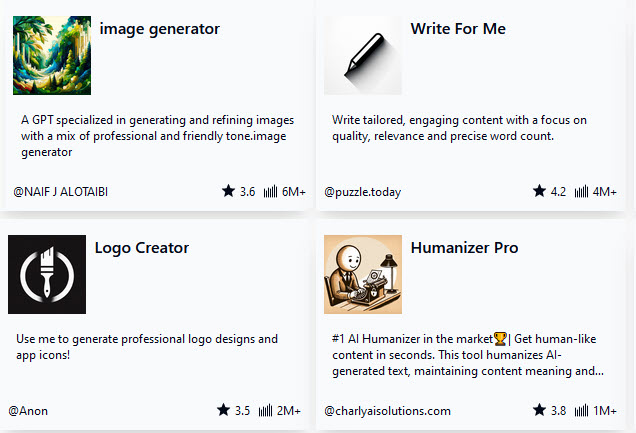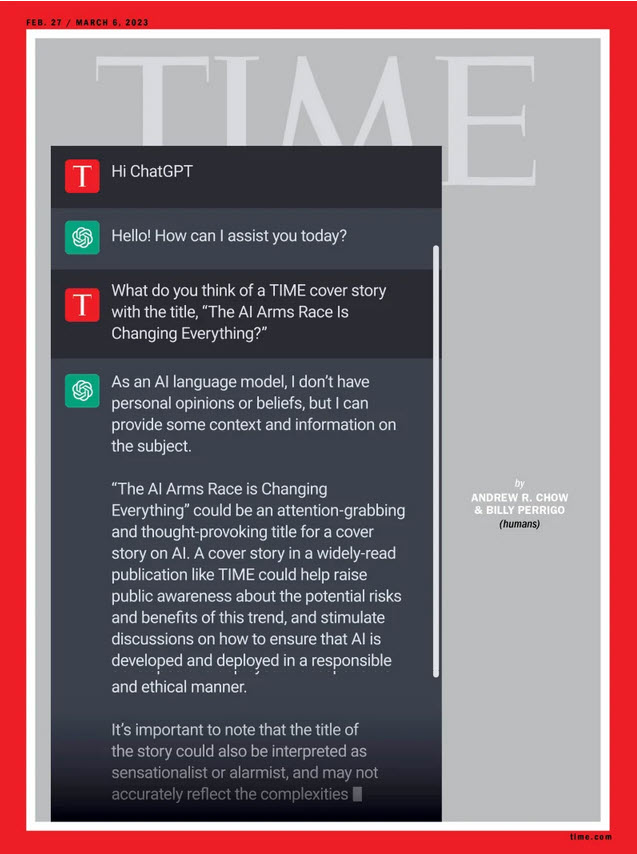
I was fortunate enough to have moderated a few Avenue webinars on Poodll technologies in June. The webinar speaker was Justin Hunt, the founder and CEO of Poodll. I have since been developing learning experiences for the CanAvenue.ca project using Poodll technologies and would like to share some of the basics with the TESL Ontario community through this blog post and a TESL Ontario webinar.








